Search

Vegetable Gardening in South Dakota
Whatever your reasons to start a vegetable garden: fresh produce with great flavor, exercise, saving money, enticing children (and adults) to eat healthier food, or knowing where your food came from and how it was grown, this booklet will help you with basic information and tips to get started.
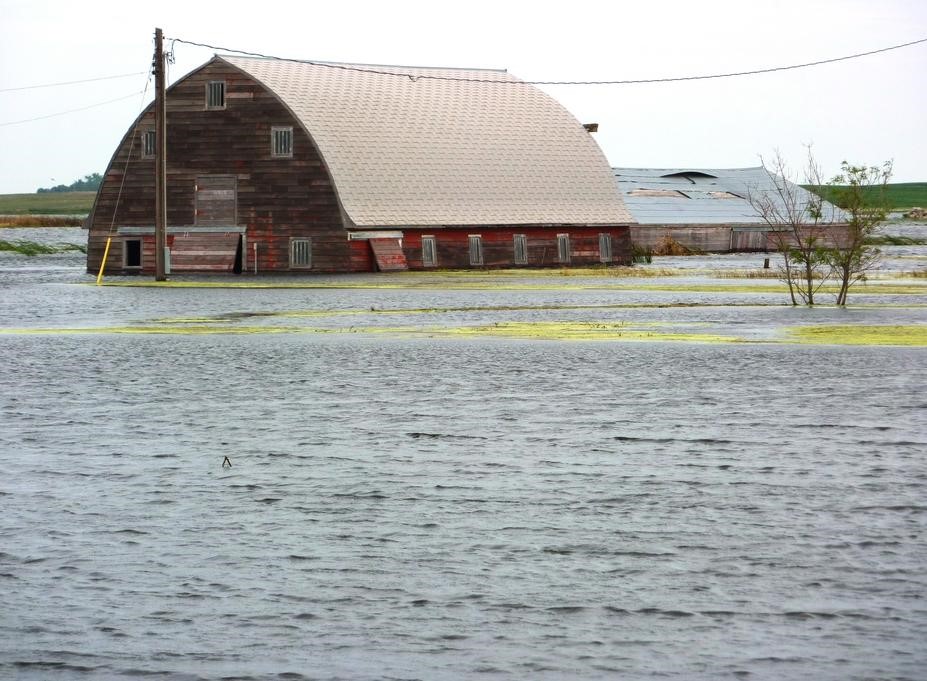
Flood
View resources to prepare for and recover from flood situations.
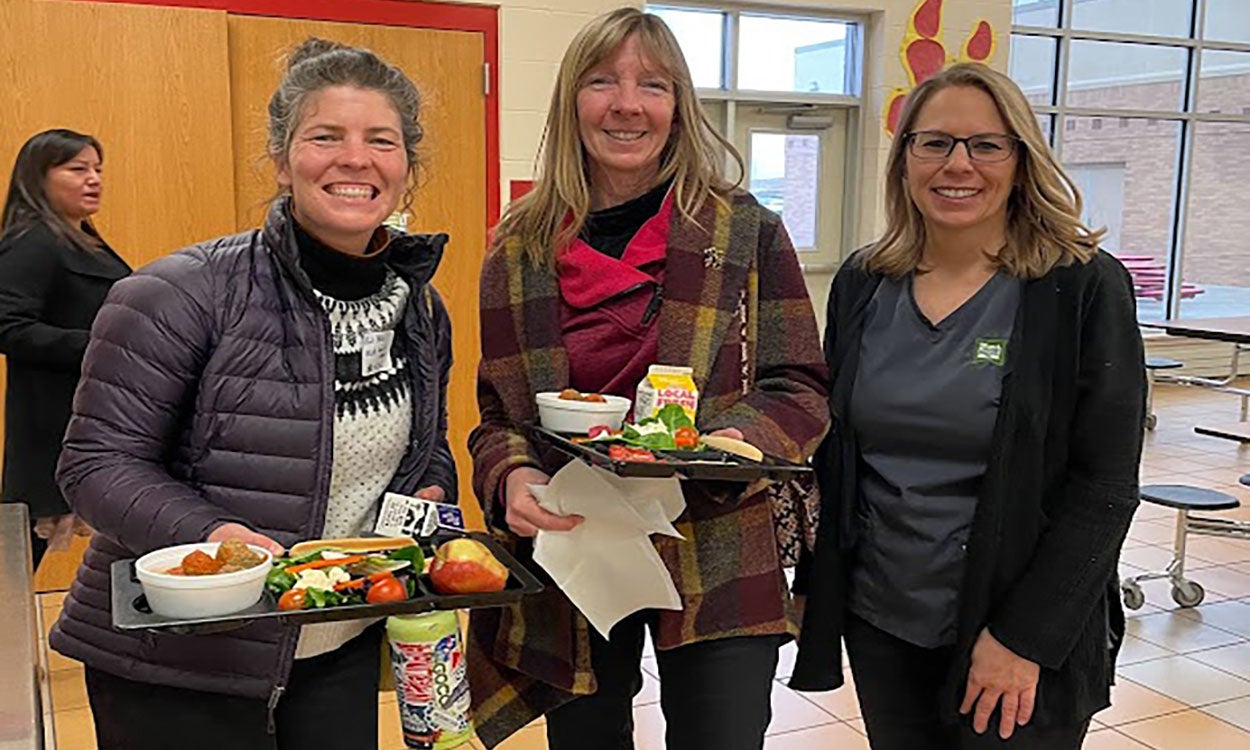
Building Your Farm to School Team
Putting together a farm to school team should include a core group of individuals and agencies dedicated to the farm to school mission. View a list of potential team members to help get your team started today!
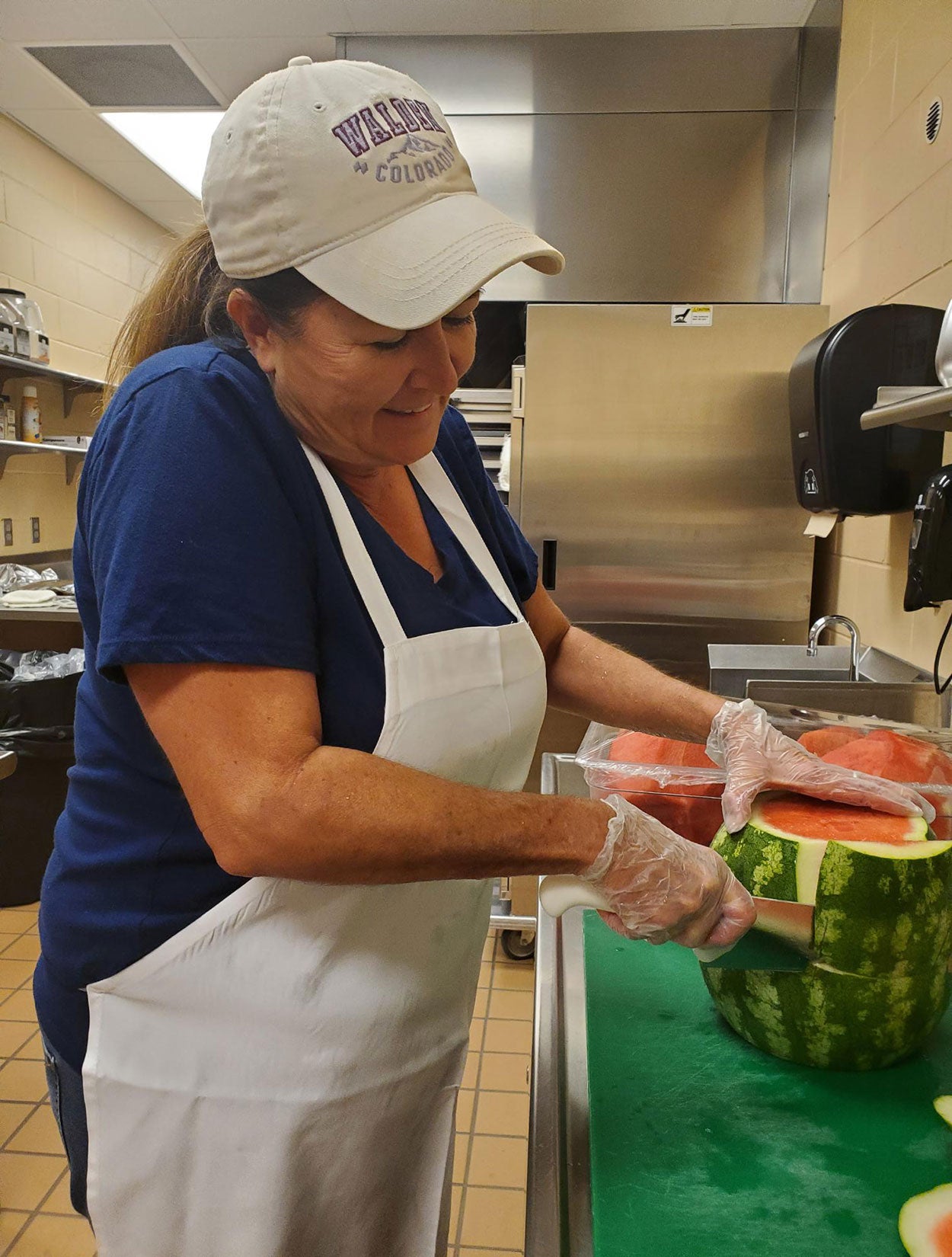
Benefits of Farm to School and Early Care and Education
Farm to school (F2S) programs have potential to create substantial positive impacts on an array of F2S stakeholders, including kids, schools (foodservice and education), early care and education (ECE) programs, agricultural producers, families and communities. Benefits exist in the areas of public health, economic development, education, environment, equity and community engagement.
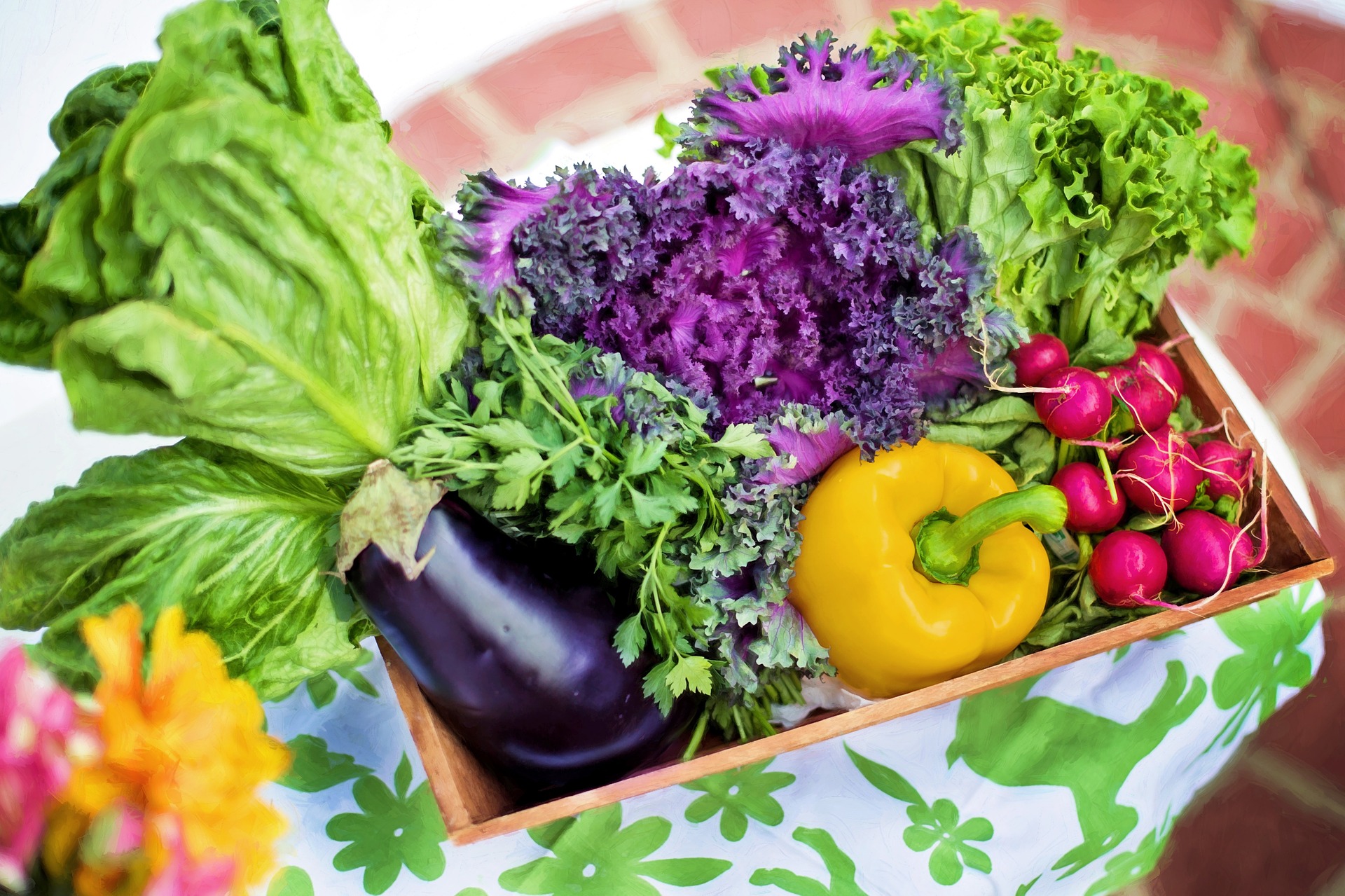
Ask Our Family, Food and Wellness Experts
If you have a question related to family, food or wellness, our team of experts is ready to help.

South Dakota Farm to School Resource Guide
South Dakota's resource guide for starting a Farm to School
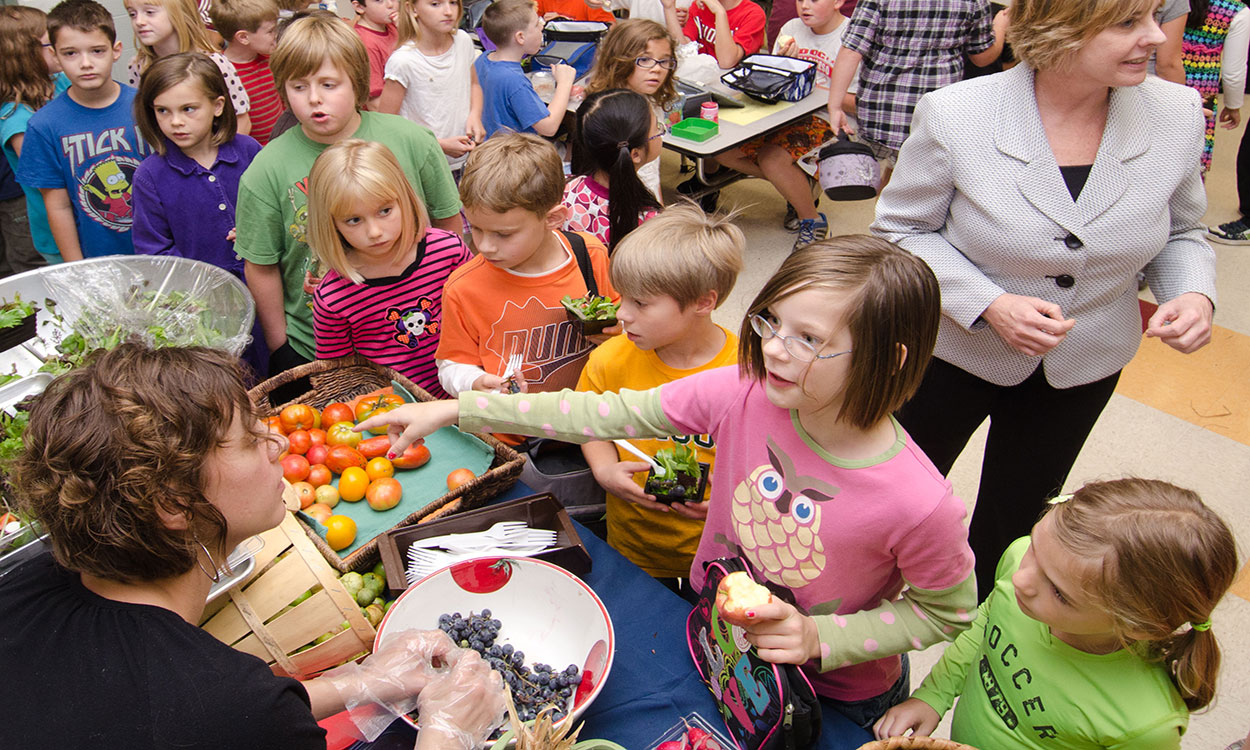
Funding Your Farm to School Program
Starting or expanding a farm to school program comes with expenses. Learn about the many farm to school funding opportunities available from state, federal, and private/non-profit organizations.

Investigate Pollinators
Lesson about the importance of pollinators and the plants they interact with.

Eat What You Grow
Youth will learn the different parts of plants that we eat, and how to use drying and freezing techniques to preserve foods for later use.
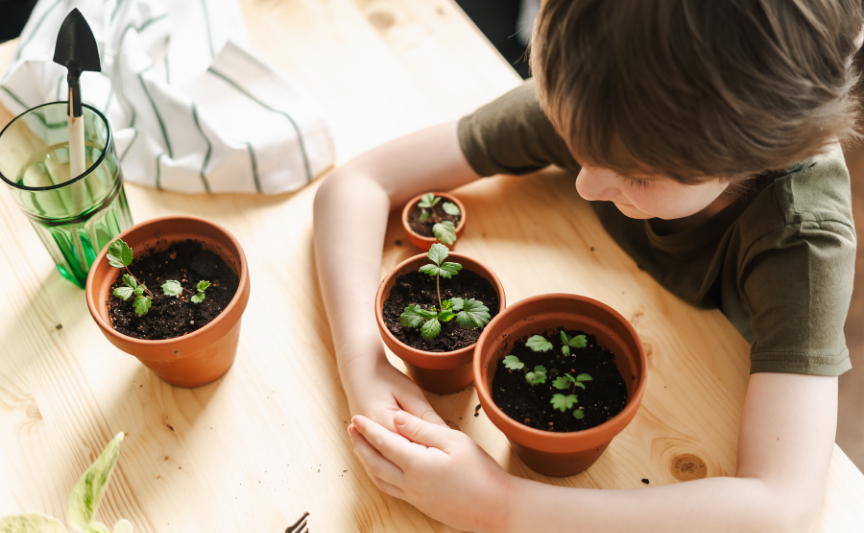
Getting the Garden Growing
Introductory gardening lesson where youth will learn what plants need to grow and what fruits and vegetables grow in different seasons in South Dakota.